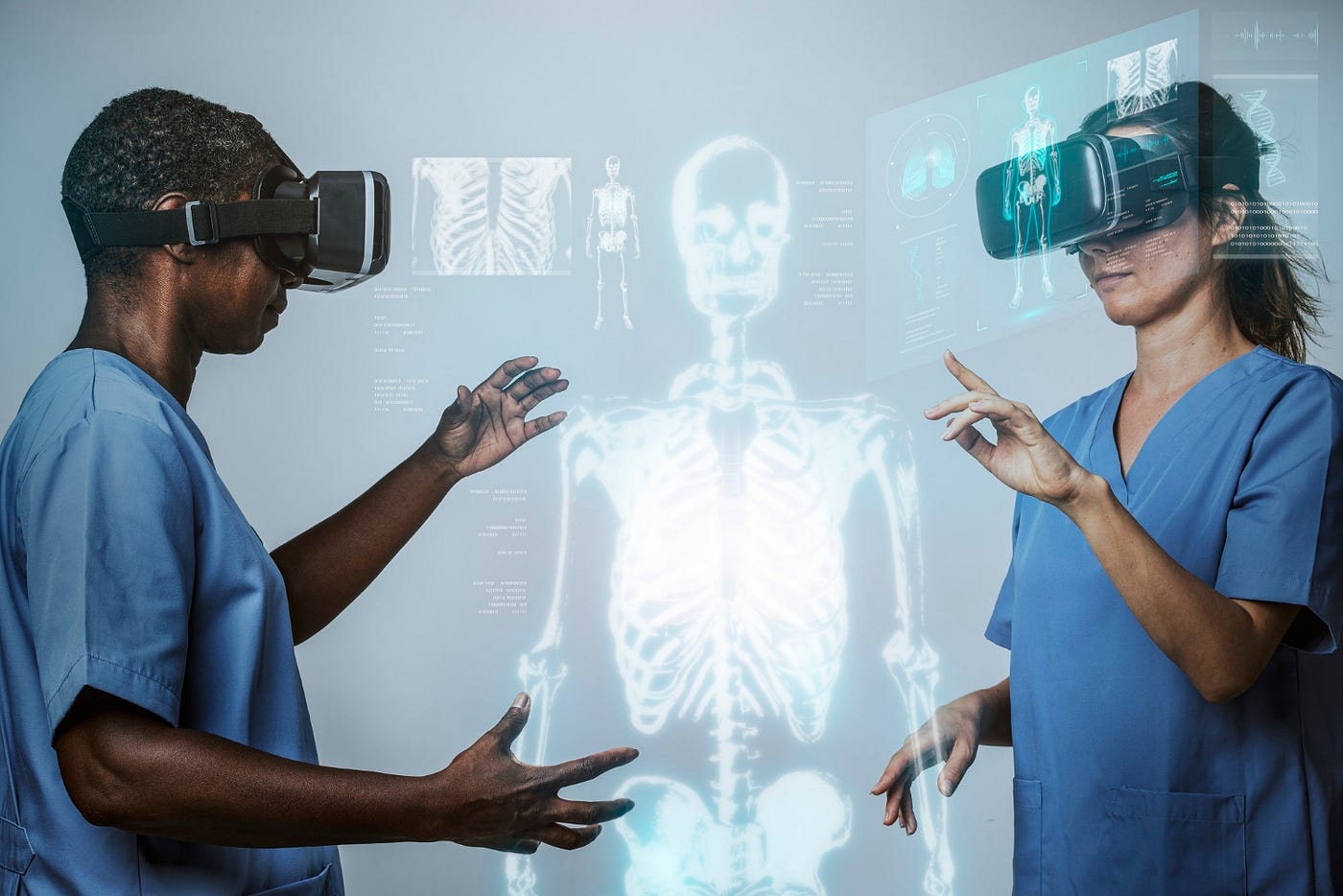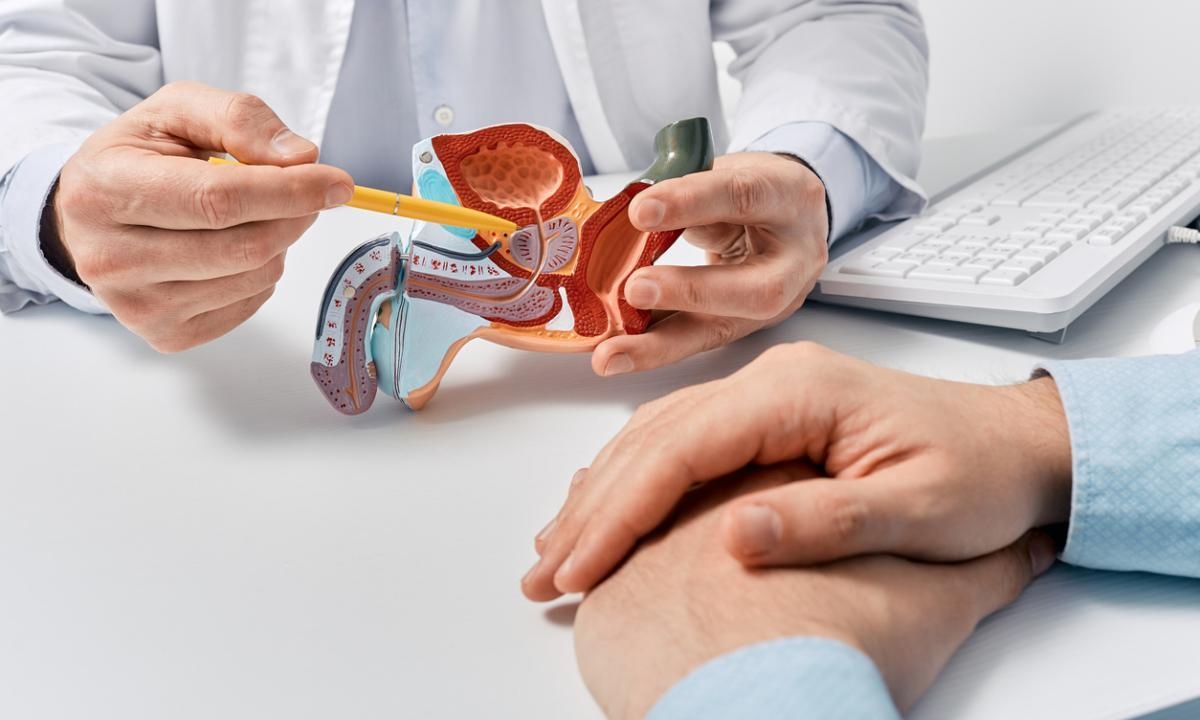
Global Disaster, Mobile Health IT and Blockchain Part 2
Part One of this Article focused on the underutilization of existing technologies to improve disaster relief in the field of healthcare. Now we turn to another relatively new technology that has already been applied to the personal health arena; although, there has been considerable discussion as to its merits generally and in healthcare in particular: blockchain. And, for the record, blockchain will not be the only or last technological advance to infiltrate healthcare.
And, to be clear, many people think the beginning and end of blockchain is tied to and centers around bitcoin and cryptocurrency, a vastly too narrow a perspective on this technology as it currently exists and it may exist a decade or two from now.
By way of background, much of the world has already taken steps to encourage and promote the use of personal and population health data and tools to “liberate” data (with key security protections in place) to advance research and innovation. There is a place, as developed here, for these innovations to be extended to our response to disasters if we expand how we think about and manage data.
Since 2011, the Open Government Partnership (OGP), an international partnership currently encompassing 69 countries, has been working to “promote transparency, empower citizens, fight corruption, and harness new technologies.” OGP was established with eight countries -- Brazil Indonesia, Mexico, Norway, the Philippines, South Africa, the United Kingdom, and the United States.
The increased focus on data transparency has helped to create what is often referred to as a “Big Data Revolution,” with promises slowly being realized of dramatic breakthroughs in population health, disease management, and personalized medicine. How we apply these data as a personal service for consumers is a topic that is growing in importance and being recognized as a critical new focus for Big Data usage.
But, as evidenced by recent challenges, more can be done within existing contexts and for disaster management. One pathway toward improvement is through blockchain. Investing in this technology can, if done well and with an eye to costs, be deployed to overcome the complex hurdles that currently prevent health IT, data and information systems sharing.
Step One is Using Blockchain to Improve Healthcare
Different definitions of blockchain have floated across the literature and landscape. Let’s consider it in general as “a series of connected machines for creating trust.” With that in mind, we need to ask how blockchain’s benefits can be leveraged to connect health IT exchanges and information systems during a natural disaster and in so doing, provide access, security, scalability and privacy.
To that end, we need to focus first on blockchain’s use in healthcare and then apply the best aspects to disaster relief. This analysis is deeply informed by the work of Peter Nichol and Jeffrey Brandt. To be clear, blockchain’s benefits in disasters presuppose the use of blockchain, and that is a challenge in and of itself.
Patients in a blockchain environment are provided with a code in the form of a private key and a cryptographic or distributed hash with an address. These are what enable individuals to unlock their personal patient data. While the patient data is not literally stored in the blockchain, the blockchain provides the authentication or required hashes to enable access.
The contributors to patients’ medical records (e.g. medical providers and we can debate who qualifies as such given the wide array of providers and the deep silos in healthcare delivery) are provided a separate means of access (codes, hashes, or multi-sigs). These medical providers’ access codes when combined with the patient’s access codes enable the data to be unlocked. The patients control both the content of their profile (although the effectuation of that seems difficult given that the data are provided by third parties) and unlocking requirements.
To be sure, the challenges of this almost leap off the page, even absent a natural disaster. If dual authentication is required, then there are two separate computer systems that are implicated. The good news is that both would need to be compromised for unauthorized access. And there is authentication that is recorded so one can follow both access and efforts to access that fail. Hash algorithms and public key infrastructure (PKI) guarantee the records’ validity and enable documents that are authentic and certified.
Blockchain allows patients and providers to share health information in a trusted ecosystem in which the provenance of the product, service, or interaction can be uncovered. Provenance creates the opportunity for an historic record of the full supply chain of food products (allergies), prescriptions, and even medical records.
Blockchain’s characteristics (which can be refined over time as the technology matures and perhaps morphs) can free health IT open solutions and devices from closed proprietary revenue strong holds and strangleholds. This will enable health data with privatized identify control and consumer empowerment of the individual, and create better management of unclassified controlled information that is causing exposure to liability and risk adversity across governments and institutions.
The Challenges and Benefits of Blockchain in Disasters
The benefits of blockchain in a disaster situation are not the hard part and they can be envisioned with relative ease. The true, accurate medical histories of a devastated population could be accessed so that providers in other regions (and rescuers) could provide seamless care with interventions and medicines that are tailored to each and every patient (assuming there is blockchain in place pre-disaster, another challenge to be sure, particularly in third world nations and in situations where there is only partial provider compliance).
If blockchain were in place and operable during disasters, this would enable remarkably improved healthcare delivery to the affected populations: there would be access to health data; the data would be timely enabling on-the-spot intervention and responsiveness; there would be proof of identity, trust and accountability (and auditing post event) and the deep challenges to current situations where health records are not readily available or transferable.
Moreover, satellite telecommunications such as remote relay units dropped into emergency zones could serve as information exchanges. Consider the benefits to a disaster victim who can call into a health facility’s mobile telemedicine information command center; it could make the difference between life and death.
But, there is no shortage of obstacles when communicating about personal health data during a disaster. The different machines and devices used to enable access would need to be interoperable and the necessary codes available in emergencies. And, if one of the systems failed, the access to data would be denied – just at the point in time that the information is needed. True, the security was beneficial but in a disaster, access protections could lead to barriers that affect immediate care.
Moreover, if a patient is unconscious and lack family members who know the codes or the physician with the critical information is no longer present, the blockchain decoding system fails. And, if there are power outages, an absence of devices or a loss of the Internet or unavailability of satellite back up, the benefits of blockchain are thwarted --- unless we implant failsafe measures in advance of disasters.
Think about it this way. We plan generally for disasters. (Whether we do that well is another question). Now, added to the list related to planning would be systems to enable block chain to work for the benefit of patients in the midst of hurricanes, floods, tornados and fires. Here are some protections that would need to be put into place pre-disaster:
- Emergency decoding to unlock the chain without sacrificing trust, transparency, accountability, and privacy;
- Participation in the blockchain by the vast majority of patients and providers;
- Adequate decentralized, interoperable networks that enable access and analyses of data, even in the face of water, fire and wind among other variables;
- The software-defined networks with secure processing that include machine learning, artificial intelligence and augmented reality environments, ecosystems and platforms for use with emergency response episodes that engage communicating healthcare treatments.
Enabling Telemedicine in Disasters Through Blockchain
The plethora of recent disasters make clear that even the delivery of healthcare benefits garnered by blockchain would not have been sufficient. If hospitals are destroyed and medical personnel absent (whether missing or dead or relocated), there needs to be ways to provide informed care. Opening access to records and needs is only the first step; getting the needed care is the necessary next step. Data without treatment doesn’t save lives.
This is where telemedicine, growing in its presence, needs to be added to the disaster repertoire and combined with blockchain. We have already started to explore the intersection of blockchain and telemedicine. What I suggest here is the power of using both blockchain and telemedicine when we have natural disasters. This combination would be a true lifesaver and game changer.
Assume there are locations in a disaster where patients are unreachable physically. Now, with blockchain in place, we can unlock the needs of that patient. With telemedicine interfacing with the trusted information garnered through blockchain, remote medical professionals could provide emergency care. Even in the absence of on-the-spot equipment, advice and medical interventions could be suggested.
And, through telemedicine with blockchain information, disaster relief personnel would know priorities, identify those needed for immediate evacuation and what medical supplies and pharmaceuticals would need to be drop-shipped to particular locations. Through blockchain, there could be mapping of patients in need, anticipation of disease spread from contamination or other sources and then intervention.
Take this example. Suppose there is inadequate clean water. Suppose too that there are infants in a region. Suppose too there are patients with chronic diseases where fluid intake is required. With information from blockchain and telemedicine, there could be targeted airdrops of key medicines. Telephysicians could direct how the medicines should be used and could monitor both individual and population well-being and disease spread. If isolation was needed, the telemedicine professionals could design it and direct its implementation. Special treatments for ill infants could be provided.
Development of blockchain in an economically feasible balance with telemedicine networking can enable consumers to be connected to providers in a disaster who can use the patient’s personal health data as a resource to socialize with multiple health teams. And, it is possible that one patient’s experiences are shared by many others in the disaster zone, enabling wider spread solutions that benefit hundreds or thousands.
In short, blockchain and telemedicine in a disaster zone can actually enable the scalability of medical intervention to save populations in addition to individuals.
Conclusions
Data interoperability, access, trust and resource accessibility are among the toughest obstacles in the quest towards improving healthcare with emergency planning and disaster response. Blockchain coupled with telemedicine can revolutionize the ways in which consumers, patients and doctors interact.
The present practices for dealing with disasters have challenged us – in some instances, we have failed miserably or at least performed sub-optimally.
It is not a pipedream to consider applying both blockchain together with telemedicine to enable improved disaster relief. Disasters aren’t going away. So, why not marry a newer technology – blockchain – with another emerging technology – telemedicine --- to improving the lives of those disrupted and damaged by nature’s fury. At a minimum, we will be able to test out if improvements are palpable and measurable. And, given the current approaches, we have much to gain and little to lose.
All we need is the courage to try something new. Now.
Note: The views expressed herein are my own and do not represent the views of others.
Trending
-
1 Mental Health Absences Cost NHS £2 Billion Yearly
Riddhi Doshi -
2 Gut Check: A Short Guide to Digestive Health
Daniel Hall -
3 London's EuroEyes Clinic Recognised as Leader in Cataract Correction
Mihir Gadhvi -
4 4 Innovations in Lab Sample Management Enhancing Research Precision
Emily Newton -
5 The Science Behind Addiction and How Rehabs Can Help
Daniel Hall





Comments